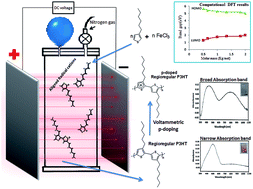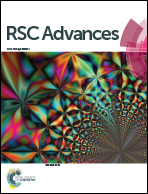Synthesis and characterization of poly(3-hexylthiophene): improvement of regioregularity and energy band gap
Abstract
The organic solar cell (OSC) is a current hot topic in the context of energy related issues in order to capture energy in an economic and environmentally friendly manner from the most abundant natural source, the sun. However, the efficiency of OSCs achieved so far is not up to the mark. Major components of OSCs are the electron acceptor material, such as fullerene, and the electron donor material, such as poly(3-hexylthiophene), P3HT. Fullerene is an ideal acceptor material but molecular level engineering of P3HT is required to enhance the efficiency of OSCs. Optoelectronic properties of P3HT can be improved by controlling the regioregularity, energy band gap, and molar mass of the polymer. Additionally, p-doping of the semiconducting polymer can also help in broadening the optical spectrum of P3HT. In this study, we propose methods for the improvement of the above-mentioned properties during the synthesis of P3HT. The main focus was the improvement of the regioregularity of the synthesized P3HT, which was achieved by polymerization of 3-hexylthiophene under an electric field for the first time. The effect of molar mass and p-doping on the band gap is evaluated systematically and theoretical predictions are confirmed by experimental results.



 Please wait while we load your content...
Please wait while we load your content...